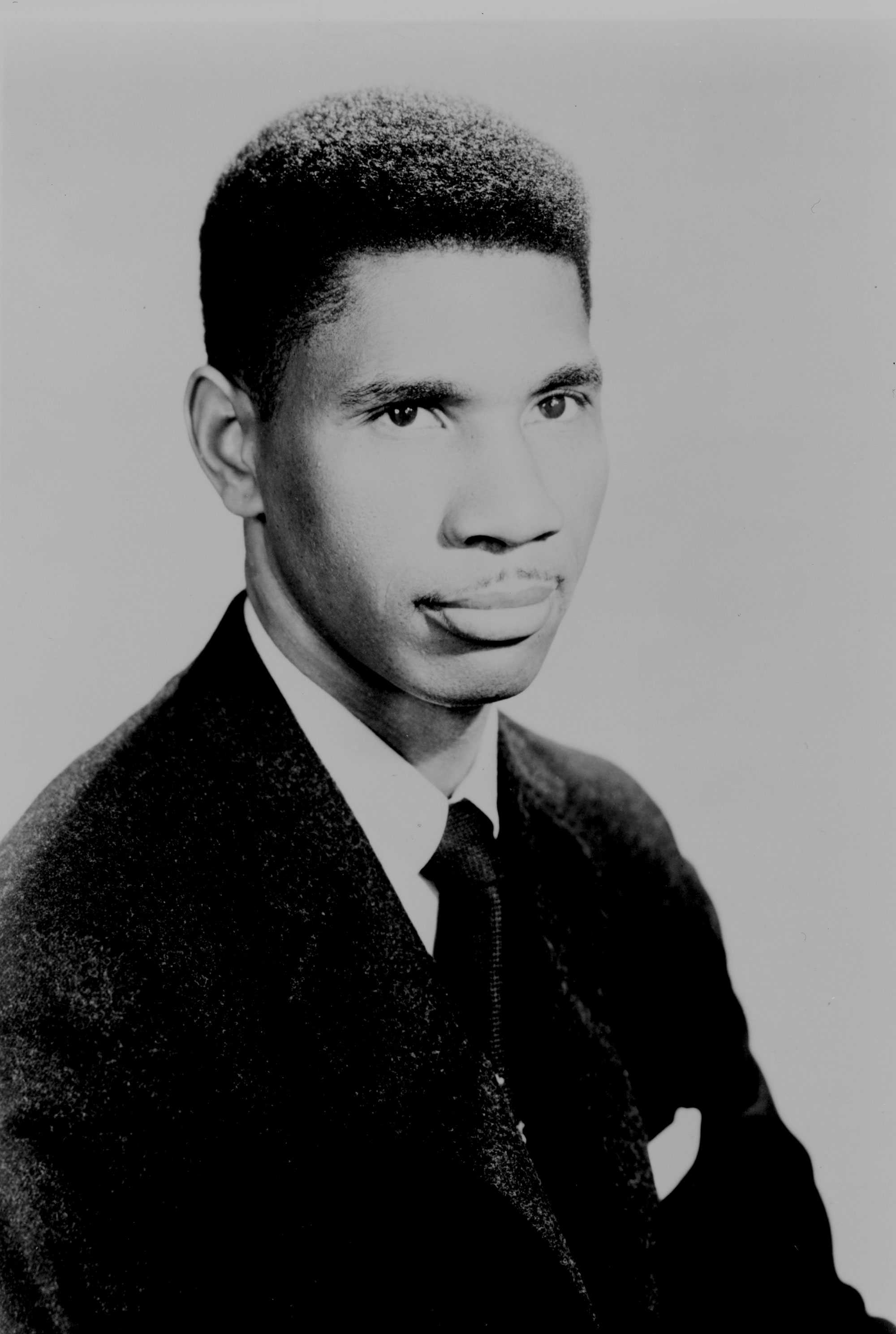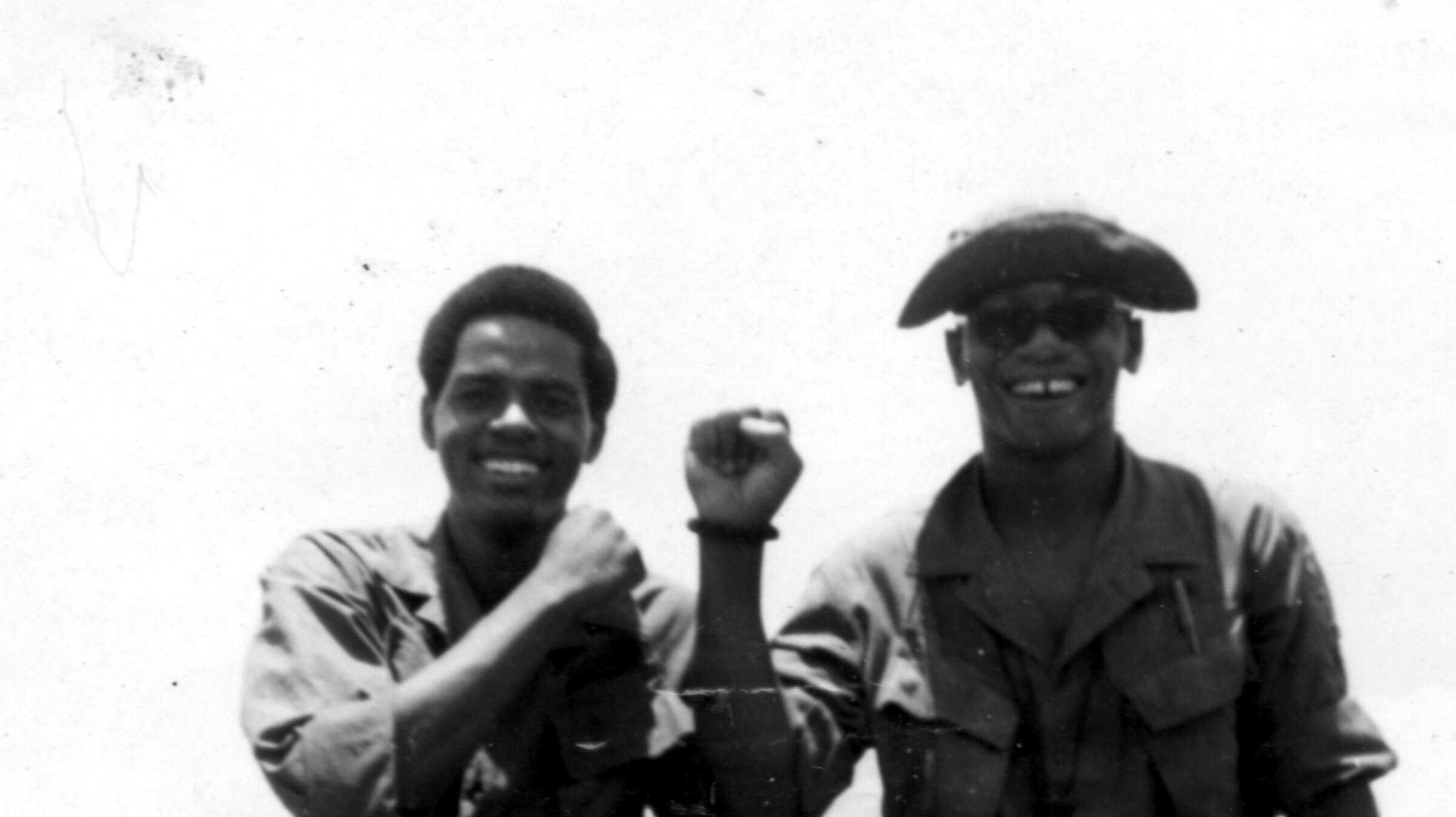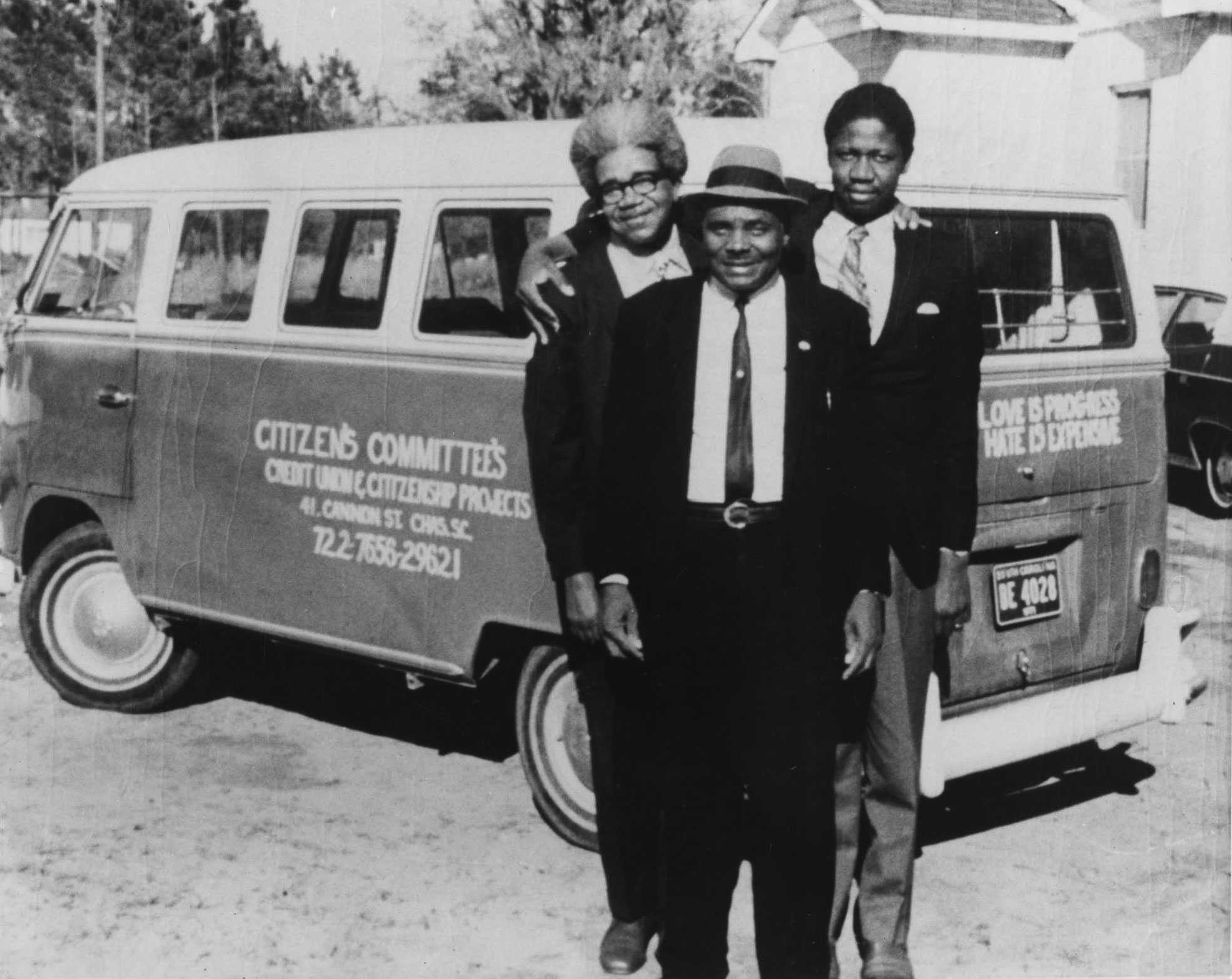Biography
Medgar Evers

Who Was Medgar Evers?
Medgar Evers, 1963
Medgar Wiley Evers was born in Decatur, Mississippi, in 1925. After graduating high school, Evers enlisted in the army and served in World War II. After the war he enrolled at Alcorn College (now Alcorn State University), where he played football and majored in business administration. He met Myrlie Beasley at Alcorn and they married in 1951.
Evers initially worked as an insurance salesman but was drawn to civil rights activism through the Mississippi-based Regional Council of Negro Leadership (RCNL). He became a leader in the council’s efforts to boycott local gas stations that barred African Americans from their restrooms. Evers’s work with the RCNL led to his involvement with the National Association for the Advancement of Colored People (NAACP).
Military Service
Private Medgar Evers
Medgar Evers joined the U.S. Army after graduating high school in 1943. He served in Europe, participated in the invasion of Normandy, and was honorably discharged at the rank of corporal in 1946.
Once he returned to the South, Evers learned his service did not protect him from discrimination . He and his brother tried to register to vote in Mississippi but were stopped at gunpoint. Evers soon joined the NAACP and eventually became its Mississippi field secretary.
Working with the NAACP
Medgar Evers at his desk
Medgar Evers meeting with grocery store owners
Medgar Evers joined the NAACP and began organizing Mississippi chapters. When his application to the University of Mississippi Law School was rejected, he worked with the NAACP to file a racial discrimination suit against the school.
In 1954, Evers became field secretary for the Mississippi NAACP. He recruited new members, led economic boycotts, and organized voter-registration activities. He even demanded a new investigation into Emmett Till’s murder. Evers and his family eventually became targets because of their activism.
Medgar Evers’s Life and Family
In 1954, Medgar Evers moved to Jackson, Mississippi from Mound Bayou with his wife Myrlie and their children Darrell and Reena. Their third child, James, was born in 1960. Though his work with the NAACP was constant, Evers enjoyed fishing and spending time with family and friends.
In the racial picture things will never be as they once were. History has reached a turning point, here and over the world.
Medgar Evers, 1963
The Murder of Medgar Evers
Medgar Evers returned home after midnight on June 12, 1963, after attending a meeting. As he got out of the car and walked up his driveway he was shot in the back. Hearing the gunshot, Myrlie Evers rushed to his aid and took him to a nearby white hospital. H e died there an hour later.
Following his funeral in Mississippi, Evers was buried with full military honors in Arlington National Cemetery. The NAACP posthumously awarded him its 1963 Spingarn Medal.
Medgar Evers’s funeral procession
Evers family members at Medgar Evers’s funeral
Freedom has never been free. ... I love my children and I love my wife with all my heart. And I would die, die gladly, if that would make a better life for them.
Medgar Evers, 1963
Featured Video
The Evers Family Home
Curator Minnie Watson talks about Medgar Evers's life and legacy while giving a tour of his home. Watson explains the changes Evers made to the home to protect his family from violence. In 2022, the Medgar and Myrlie Evers Home was designated as a National Monument.
Legacy of Medgar Evers
March on Washington participants
The assassination of Medgar Evers prompted strong public condemnation. President John F. Kennedy and other public officials spoke out against Evers’s murder. Civil rights activists were especially enraged. Martin Luther King Jr. called Evers’s murder “shocking and tragic news to people of goodwill.”
Evers’s death gave greater momentum to the planning for the March on Washington , which took place two months later in August 1963. His murder also led to increased support for the passage of the 1964 Civil Rights Act, which was signed by President Lyndon B. Johnson a year after Evers’s death.


